WELCOME to the Fluids, Interfaces & Transport (FIT) Laboratory!
Principal Investigator

Jie Feng
PhD, Princeton University
We study micro-scale transport phenomena of structurally complex fluids and interfaces, to derive new insights in physico-chemical mechanisms and continuum-scale mechanics of multi-phase soft matter systems, as well as for their applications to solving some of most challenging problems in energy, environment and human health, such as pollutant and disease control, oil recovery, drug delivery and nanomedicines.
We actively tackle problems and explore new research directions by using microscopy, microfluidics, high-speed imaging and image analysis, materials processing and characterization. We also complement our experiments with theoretical modeling and numerical simulations, using ideas from fluid dynamics, polymer physics, colloidal science and biophysics. Our work is thus highly multi-disciplinary, combining expertise from engineering, physics, chemistry, materials science and biology. Our ultimate goal is to bridge fundamental research with meaningful and positive societal impacts.
We enjoy new challenges and collaborations. Feel free to visit us, either in person or on the web.
Selected Publications
























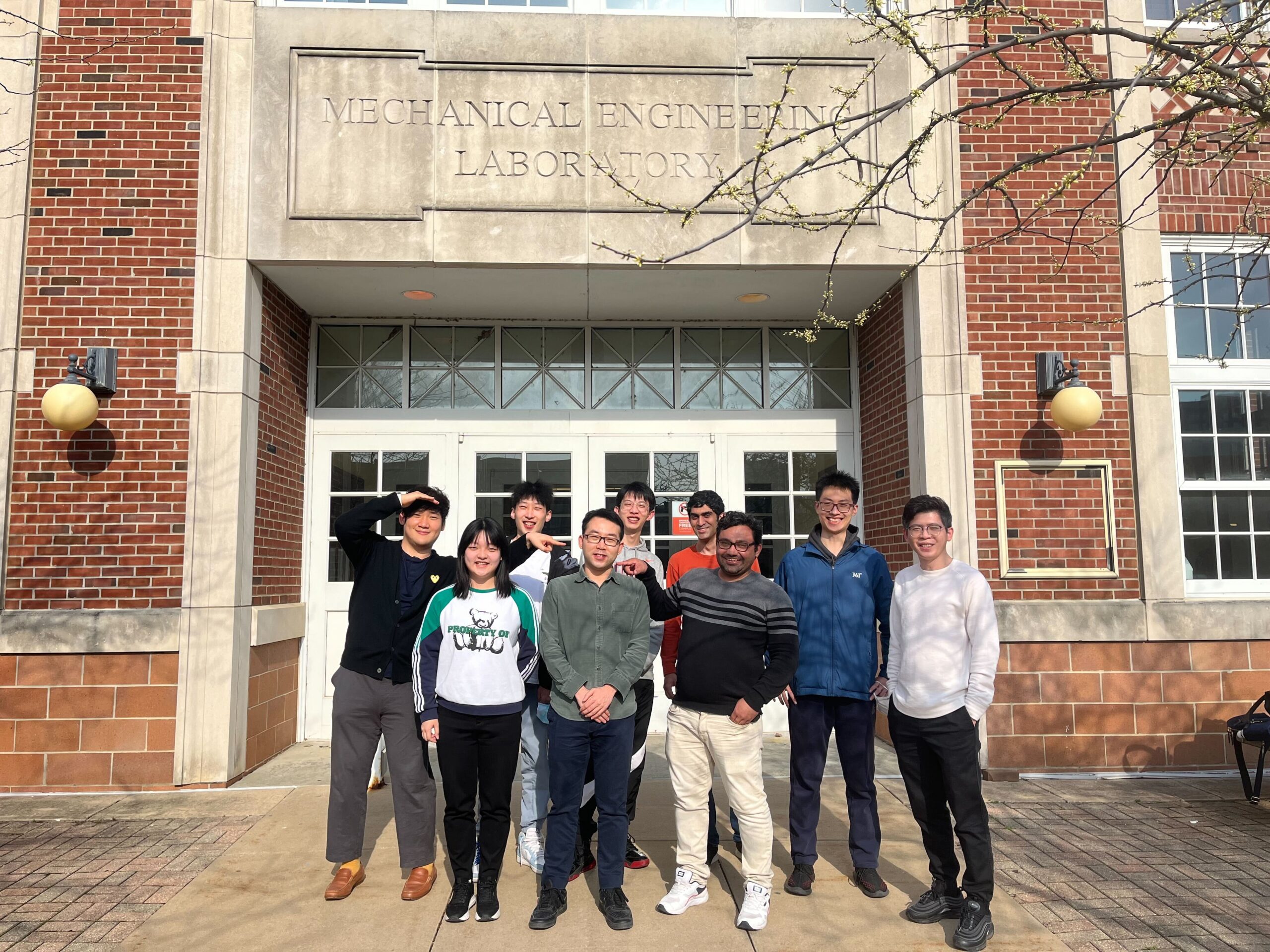
Team
We are a diverse group of people with backgrounds in engineering, physics, and applied mathematics. Most problems we study lie in the broad space of the dynamics of complex fluids. Meet our group…
We are always looking for the highly motivated graduate students to join our group. Candidates with strong backgrounds in experimental fluid mechanics, microfluidics, and nanomaterials are strongly encouraged to contact Professor Feng for available opportunities with in our group. We also welcome undergraduate students interested in pursuing research in the group.
OutReach
The Feng Research Group is committed to STEM outreach. The recent activities include Worldwide Youth in Science and Engineering (summer 2019), Creative Science Camp of the Orpheum Children’s Science Museum (fall 2019). Contact Us…
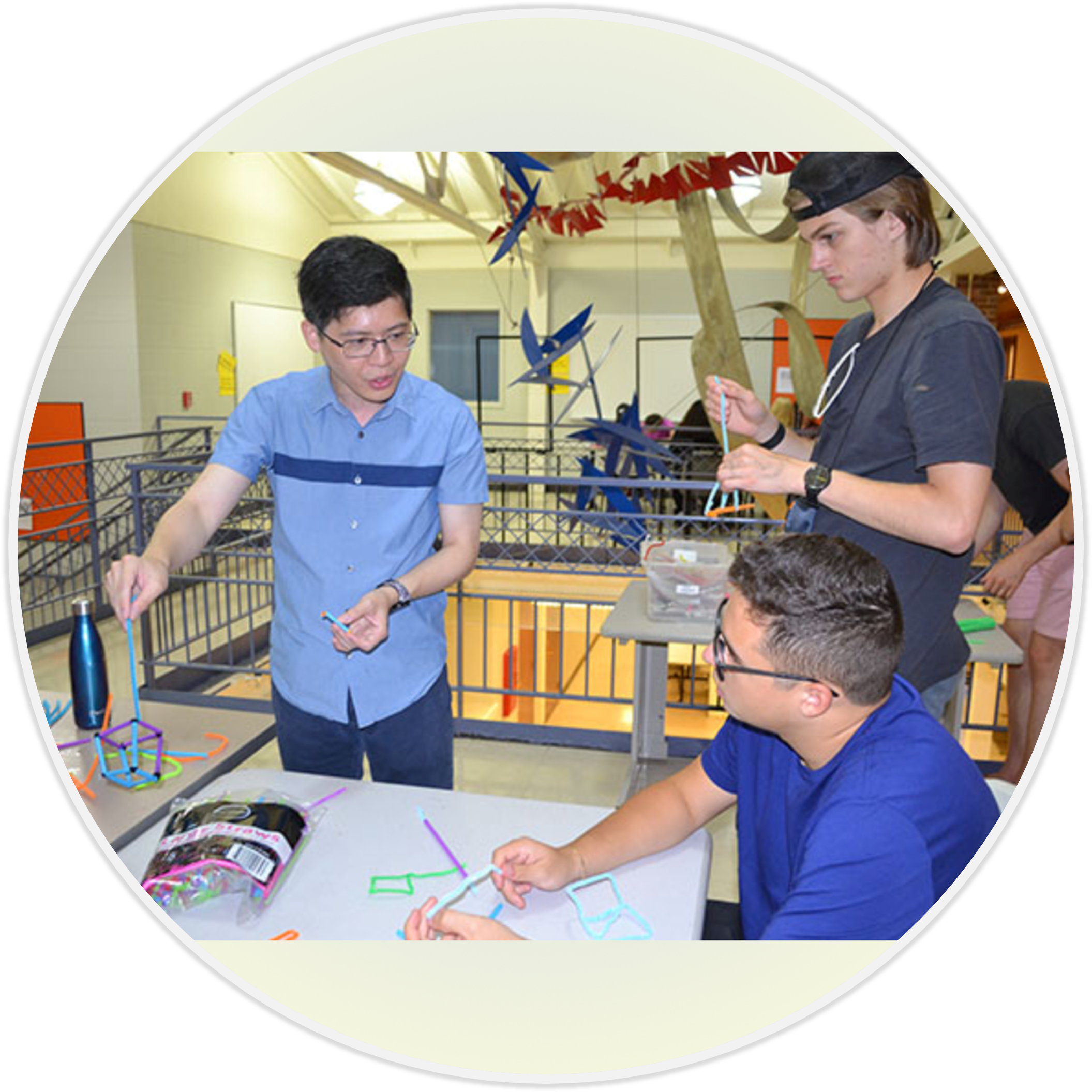
Equipment












OutREACH
We are committed to STEM outreach. The recent activities include Worldwide Youth in Science and Engineering and Creative Science Camp of the Orpheum Children’s Science Museum. Contact Us…
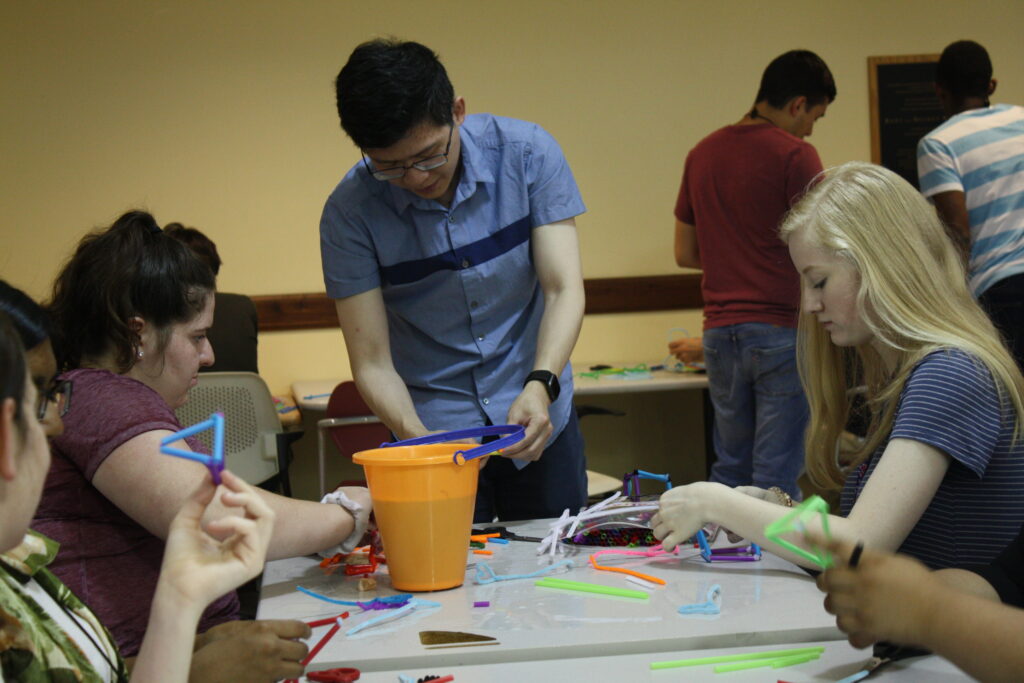
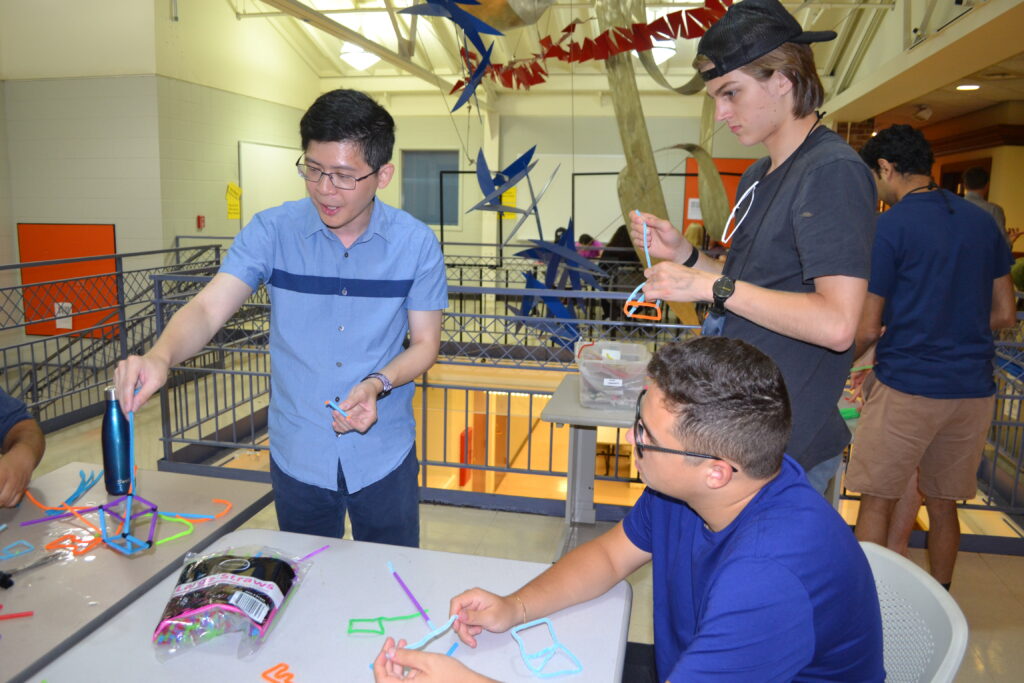
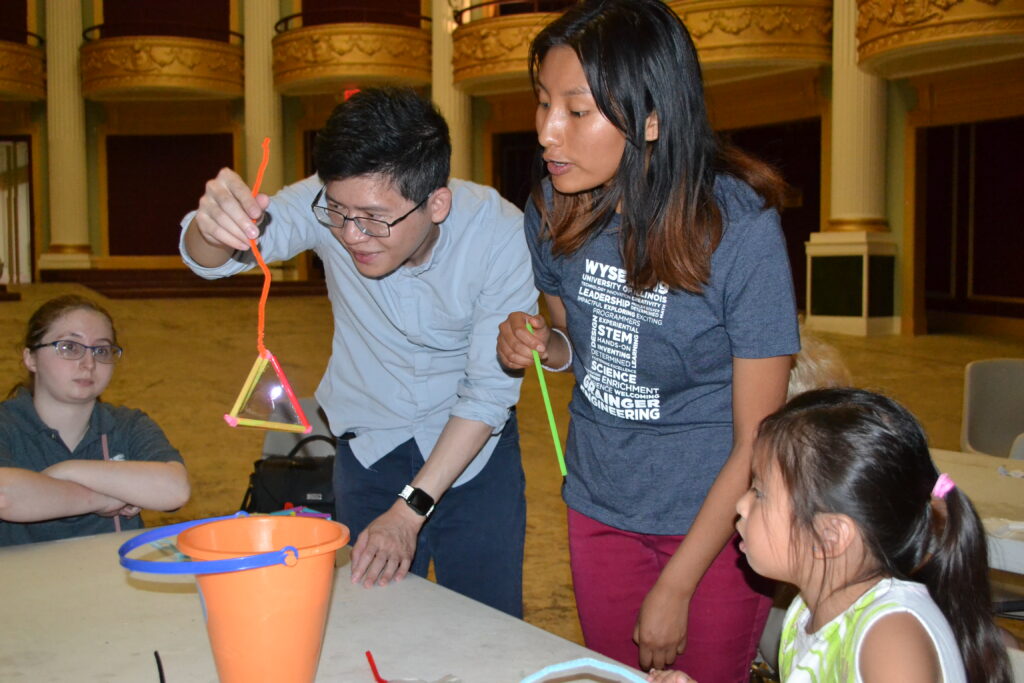
Acknowledgement of Support

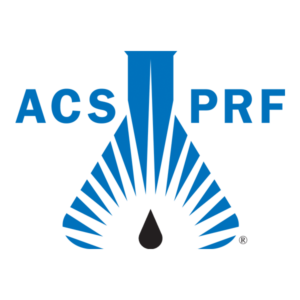

News
Shaw and Deike delve into film drop production from bursting bubbles at the ocean surface. They study effects of liquid conditions, salinity, temperature, and surfactants on global climate dynamics with crucial insights for modeling sea spray emissions. https://go.aps.org/3PEx1BH
Volume 132, Issue 10
https://journals.aps.org/prl/issues/132/10
Cover: Bubble-pair dynamics resulting in an ultrafast needle jet in water
https://journals.aps.org/prl/issues/132/10/deliverables/front-cover/print
Big congrats to Bob for the well-deserved honor!
Charles Meneveau wins the #BatchelorPrize 2024!
“...George Batchelor's enduring legacy in this field grows more influential each day, especially as fluid mechanics becomes increasingly vital, notably in shaping strategies for sustaining civilization...”
https://cup.org/41udIQa
Congrats on Zhengyu in publishing our work studying oil entrainment by compound bubbles bursting, which may provide guidance and modeling constraints for bubble-mediated contaminant transport in liquids. @JFluidMech
A picture (or a video) is worth 1000 words! Every year, PR Fluids publishes a collection of papers based on the winners from #APSDFD 's Gallery of Fluid Motion competition. Check out last year's winners and their stunning visuals in our new editorial: https://go.aps.org/46kGfrY.
Coughing and sneezing create violent air flows in and around our bodies. As that fast air rushes over mucus layers in our lungs, throat, and sinuses, the resulting flow breaks up the mucus into droplets.
https://fyfluiddynamics.com/?p=20321
The kitchen is a rich source of fluid physics. From cocktails to coffee, from crepes to tempura, food is full of physics. In fact, it's not hard to relate almost any fluid phenomenon you can imagine to something that goes on in the kitchen.
https://fyfluiddynamics.com/?p=20200
Thanks for covering our recent work about how surface viscoelasticity affects the secondary bubble generation from the primary bubble bursting at a protein-laden interface!
The Department of Mechanical Science and Engineering at the University of Illinois Urbana-Champaign invites applications for multiple full-time faculty positions at all ranks. https://illinois.csod.com/ux/ats/careersite/1/home/requisition/8371?c=illinois
